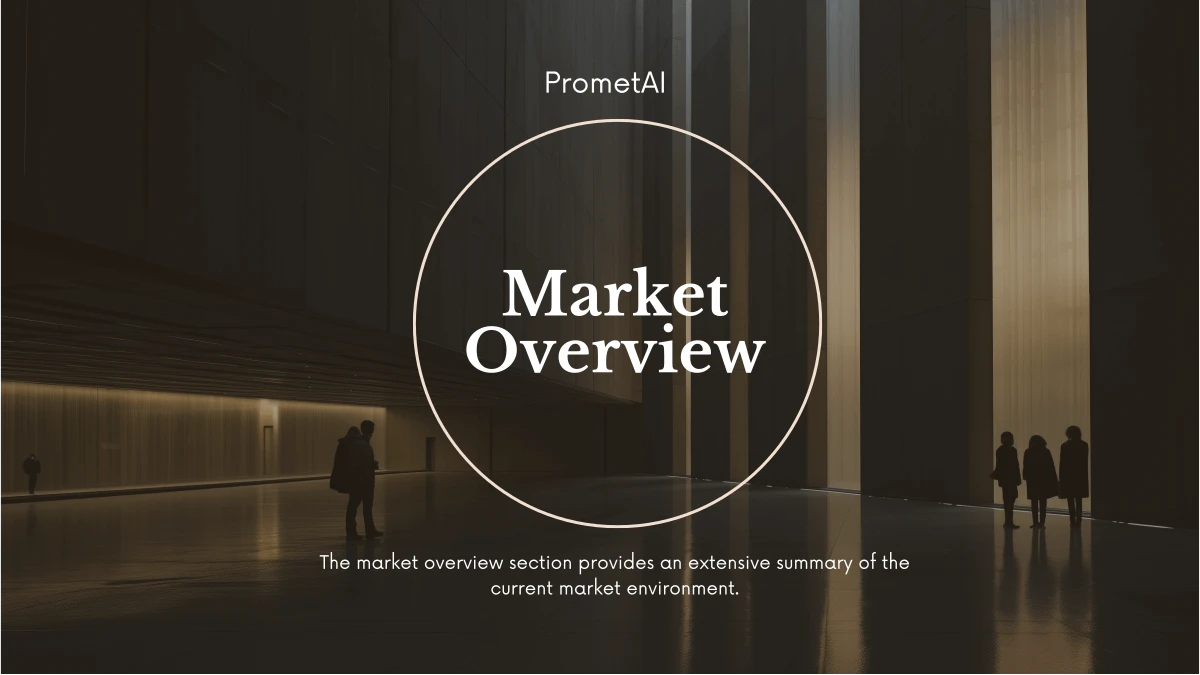The market overview section provides an extensive summary of the current market environment. This comprehensive analysis examines the industry's growth potential, trends, demographics, and competitors.
What is a Market Overview?
A market overview provides a high-level summary of the business environment and industry trends. It informs critical business plan sections by identifying potential growth, key trends, and competitors. Understanding the market overview is vital for developing strategic marketing and product development plans. It also reveals technological, regulatory, and economic factors impacting business operations.

A thorough market overview guides decisions on marketing, partnerships, and product innovation.
Technological advancements can reshape the market, offering new chances for strategic development.
Understanding key players and their strategies helps identify market gaps and differentiation opportunities.
Staying aware of emerging trends, such as automation or predictive analytics, guides business planning.
Assessing the market's size and growth rate reveals potential opportunities and challenges.